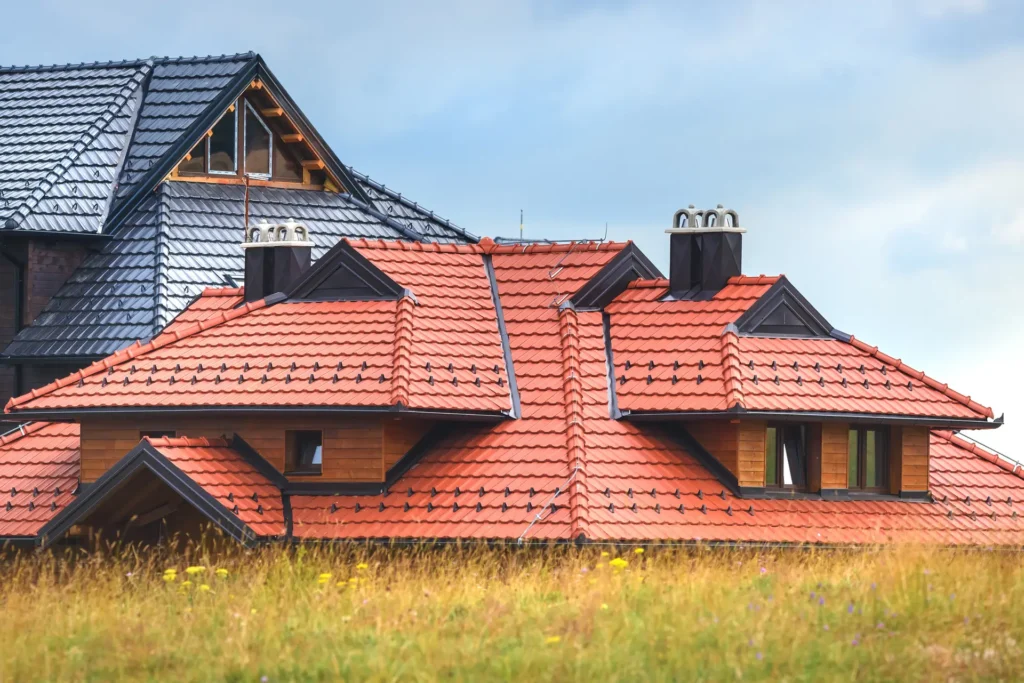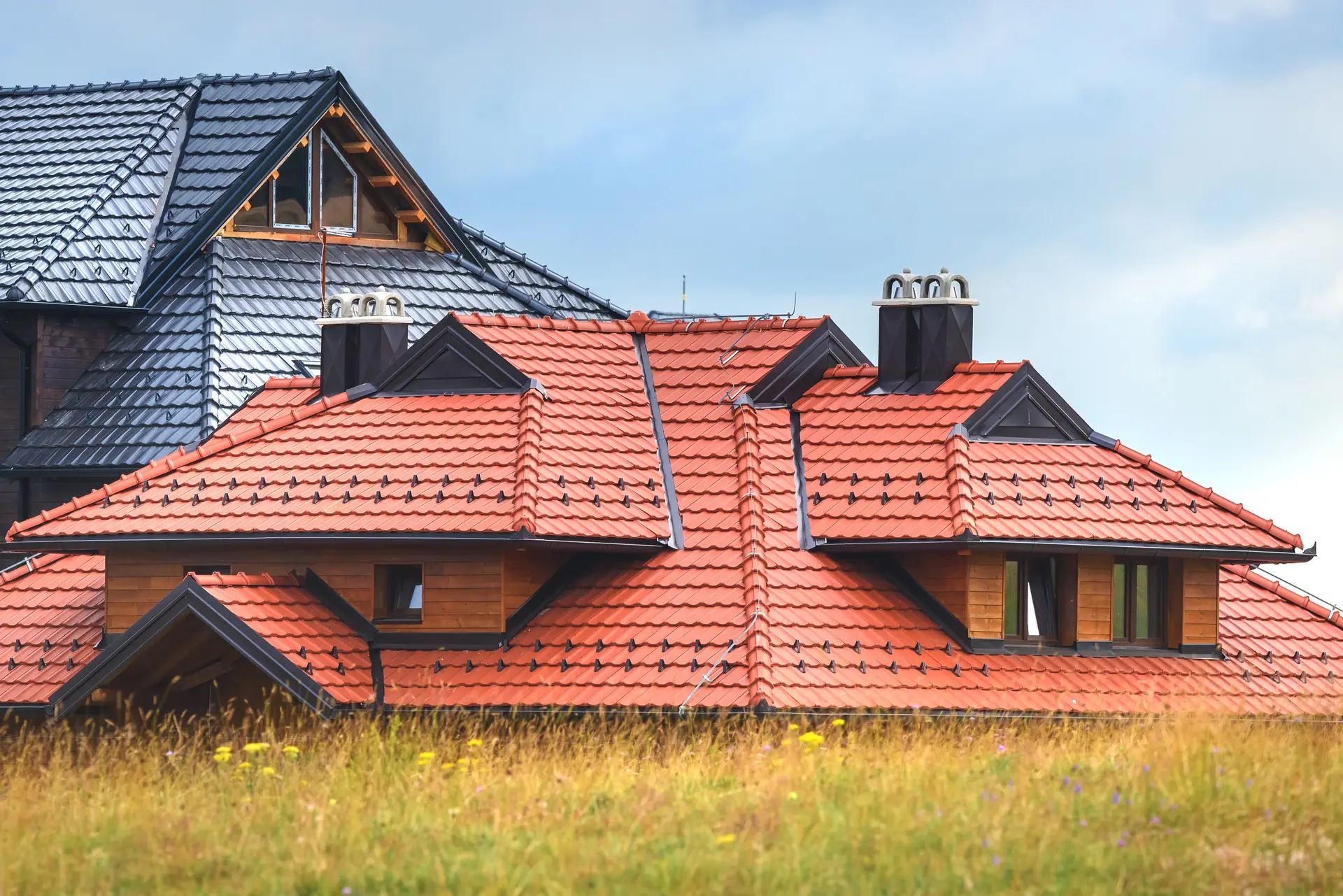Sustainable and Technological Advances in Roofing
Introduction
The roofing industry is witnessing rapid technological advancements and a significant shift towards sustainability. These innovations not only promise enhanced durability and efficiency but are also pivotal in reducing environmental impact. For homeowners and industry professionals alike, keeping abreast of these trends is crucial for making informed decisions about roofing solutions that are both modern and environmentally responsible. Emphasize the role of global environmental policies and consumer demand in driving innovation in the roofing sector. Discuss how advancements in roofing technology contribute to overall building performance standards and compliance with new energy codes.

Eco-Friendly Materials
As the push towards sustainability strengthens, new eco-friendly materials are emerging in the roofing industry. These materials are designed to be both durable and environmentally friendly, offering improved energy efficiency which can significantly lower heating and cooling costs for homeowners. The use of recycled shingles, reflective coatings, and other sustainable materials also helps reduce the carbon footprint associated with traditional roofing. Highlight innovations in bio-based materials for roofing, such as those derived from natural fibers and recycled rubber. Discuss the lifecycle benefits of using sustainable materials, including lower emissions during production and disposal.
Solar Roofing Innovations
Solar roofing technology has evolved beyond bulky panels to integrated photovoltaic (PV) shingles that seamlessly blend with traditional roofing materials. These solar shingles not only provide a sleek, attractive aesthetic but are also highly cost-effective, paying for themselves over time through generated energy savings. The ability of these shingles to generate electricity can dramatically reduce a household’s reliance on external power sources, showcasing a leap forward in self-sustaining home systems. Explore the integration of solar technology in non-traditional roofing applications, such as tiles and membranes. Discuss federal and state incentives for installing solar roofing, enhancing its accessibility and affordability for homeowners.
Cool Roofing Technologies
Cool roofs represent a critical innovation in urban areas, where they help mitigate the heat island effect by reflecting more sunlight and absorbing less heat than standard roofs. This technology not only extends the life of the roof by reducing thermal stress but also contributes significantly to decreasing urban air temperatures, thus lowering peak electricity demand and reducing smog formation. Provide examples of how cool roofing has been implemented in commercial and residential buildings and the measurable impacts on energy consumption. Discuss advancements in materials science that allow cool roofs to be more effective in a wider range of climates.
Green Roofing Systems
Green roofs, or living roofs, are gaining popularity, particularly in urban environments. These roofing systems support plant life, which helps insulate buildings, reduce stormwater runoff, and lower urban air temperatures. Case studies from cities around the world have demonstrated the benefits of green roofs, including improved air quality and increased biodiversity. Elaborate on the structural requirements and architectural considerations when designing and installing green roofs. Discuss the psychological and social benefits of green roofs, including their role in enhancing community spaces and promoting biodiversity.
Advanced Insulation and Ventilation Solutions
Innovations in insulation materials and enhanced ventilation technologies are setting new standards for roof efficiency and longevity. Modern insulation solutions are designed to be more effective in trapping heat during winter and expelling heat during summer, which helps in reducing overall energy costs. Advanced ventilation technologies also play a key role in preventing moisture accumulation and heat buildup, extending the roof’s lifespan. Introduce cutting-edge materials like aerogel insulation that offer superior performance with minimal thickness. Explore the trend towards integrated roof systems that combine insulation, ventilation, and waterproofing in a single solution.
Smart Roofing Systems
The integration of smart technologies into roofing systems is transforming how homeowners monitor and maintain their roofs. Embedded sensors and IoT devices can now detect leaks, assess structural integrity, and predict potential failures before they occur. This real-time data collection and analysis ensure that maintenance can be proactive rather than reactive. Discuss the integration of AI algorithms that optimize energy use and monitor roof conditions in real time. Explore partnerships between roofing companies and tech firms to develop roofs that communicate with other smart home systems.
Recycling and Reusability in Roofing
The trend towards recyclable and reusable materials is reshaping the roofing industry. Manufacturers are increasingly focusing on materials that can be fully recycled at the end of their lifespan, thereby promoting a circular economy and reducing waste in landfills. Provide statistics on the impact of roofing waste on landfills and how new materials are addressing this issue. Explore the challenges and technological innovations that enable the recycling of composite roofing materials.
Regulation and Standards
Recent updates to regulations and standards are pushing the roofing industry towards more sustainable practices. These regulations are designed to ensure that new roofing installations adhere to energy efficiency and environmental impact standards, promoting the adoption of innovative materials and practices. Detail the international efforts towards standardizing roofing materials and practices to reduce environmental impact. Explore how changes in building codes are incorporating resilience against extreme weather events into roofing standards.
Looking Ahead: The Future of Roofing
The future of roofing is ripe with possibilities, including the use of AI and machine learning to enhance design and maintenance predictions. These technologies could enable smarter, more efficient roofing solutions that continuously adapt to environmental conditions and usage patterns. Discuss the potential for new materials that self-repair or change properties in response to environmental conditions. Explore the use of drones and robots in roofing installation and maintenance as a means to reduce labor costs and improve safety.
Conclusion
Innovation in roofing is not just about adopting new technologies; it’s about embracing a future where roofs contribute actively to a home’s energy system and environmental footprint. These advances make it an exciting time for anyone planning a roofing project. Recap the importance of staying at the forefront of roofing technology for environmental sustainability and economic efficiency. Highlight the role of informed homeowners and professionals in pushing the market towards innovative solutions.
Interested in exploring how these innovative roofing solutions can be applied to your home? Contact Red Well Roofing today to learn more about the options available and how they can benefit your specific needs. Let us help you make a smart, sustainable choice for your future. Invite homeowners to participate in a webinar or in-person seminar hosted by Red Well Roofing to see the future of roofing technologies first-hand. Offer a free consultation for homeowners to evaluate their current roofing system and explore upgrades with innovative, sustainable options.
